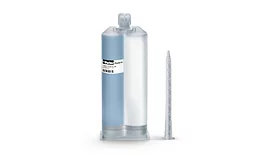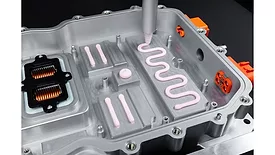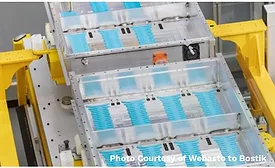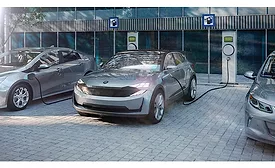Home » Keywords: » gap fillers
Items Tagged with 'gap fillers'
ARTICLES
Dow Wins Six 2021 Edison Awards
The company received five gold awards and one silver award.
May 12, 2021
Ask Dr. Dave
Could you please suggest an epoxy resin, along with a hardener and accelerator, to use as a raw material in the production of a high-temperature-resistant adhesive?
Dr. Dave provides details regarding the use of inorganic vs. organic adhesives for high-temperature applications.
May 29, 2020
Electric Vehicles and the Growing Significance of Adhesives and Sealants for Battery Assembly
Adhesives, sealants, and heat transfer materials used in battery assembly operations will find myriad opportunities in the exciting electric vehicle market.
March 9, 2020
PANACOL: Fast-Curing Epoxy Adhesive for Cosmetic Packaging
According to Panacol, the adhesive can be applied and cured quickly due to its accommodating dispensing properties.
January 30, 2020
Shin-Etsu Silicones to Showcase Thermal Management Sensor Application Products at Automotive LiDAR Conference
SESA’s focus for LiDAR and automotive sensors will reportedly be its silicone thermal interface materials (TIMs); visible light-blocking encapsulants; UV-curable, low-modulus adhesives; and anti-smudge coatings.
September 20, 2019
Keep the info flowing with our newsletters!
Get the latest industry updates tailored your way.
JOIN TODAY!Copyright ©2025. All Rights Reserved BNP Media.
Design, CMS, Hosting & Web Development :: ePublishing








